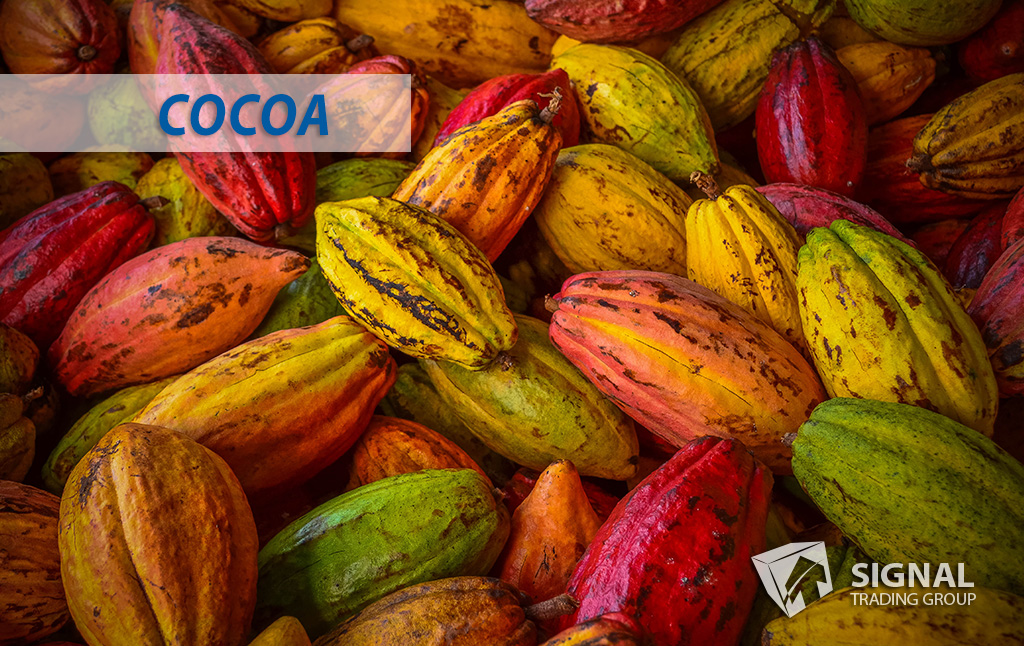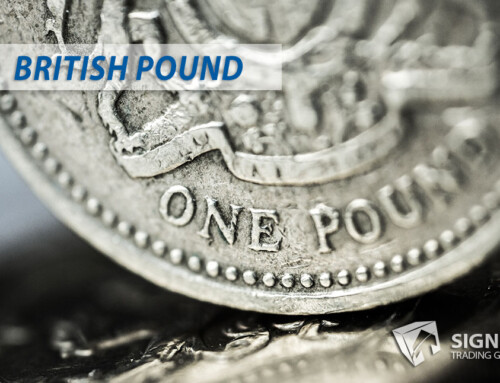Dark vs. White Chocolate: A Tasty Exploration
Chocolate – a delicious treat loved by people worldwide for centuries. The rich, heavenly taste and velvety texture have made chocolate a go-to comfort food, mood enhancer, and an essential ingredient in numerous culinary masterpieces. In this blog post, we’ll explore the epic battle between dark and white chocolate, taking a closer look at their history, composition, and the differences that set them apart.
A Brief History of Chocolate
Long before chocolate bars became a staple in every kid’s Halloween bag, chocolate was revered by the ancient Mesoamerican civilizations, particularly the Aztecs and Mayans. Cacao beans were used as a form of currency and as a vital ingredient in various beverages, often consumed for ceremonial or medicinal purposes. When the Europeans stumbled upon the New World, cacao was combined with sugar and milk, ultimately giving birth to the modern-day chocolate we all know and love.
It’s important to differentiate between pure chocolate and candy bars when discussing chocolate. Pure chocolate, derived from cacao beans, is categorized into three main types: dark, milk, and white chocolate. Candy bars, on the other hand, involve a combination of chocolate, sugar, and different fillings or flavors.
Dark Chocolate vs. White Chocolate: A Resolute Rundown
Cocoa Content
The key difference between dark and white chocolate lies in their cocoa content. Dark chocolate is made from a higher percentage of cocoa solids, ranging from 50% to over 90%, thus giving it a more intense and bitter taste. White chocolate, however, contains no cocoa solids and is produced primarily from cocoa butter, sugar, and milk. This makes for a much sweeter and creamier taste than its dark counterpart.
Nutritional Values & Health Benefits
From a nutritional perspective, dark chocolate packs a much healthier punch than white chocolate, as it is rich in antioxidants, notably flavanols, and polyphenols. Flavanols have been linked to various health benefits, such as improving heart health, reducing inflammation, and boosting brain function [1]. In addition, dark chocolate contains fiber, iron, magnesium, and other essential minerals [2].
White chocolate, unfortunately, doesn’t share the same nutritional advantages. Since it lacks cocoa solids, it also lacks the antioxidants and minerals found in dark chocolate. Moreover, white chocolate typically has a higher sugar and fat content due to the additional milk and sugar.
Culinary Uses
Both dark and white chocolate have unique culinary applications. Dark chocolate’s robust flavor is ideal for baking, making it a star in brownies, cookies, and chocolate cakes. Its bitter taste balances with sweeter ingredients, creating rich sauces and ganaches.
With its milder profile, white chocolate works well in more delicate desserts like mousse, truffles, and frosting. In addition, its subtle sweetness complements other flavors, such as fruits, nuts, and spices, often used to create intricate and visually appealing treats.
Production Methods
The production methods for dark and white chocolate involve similar steps, with a few key differences. Both types of chocolate begin with harvesting cacao beans, which are then fermented, dried, and roasted. However, while dark chocolate combines cocoa solids, cocoa butter, and sugar, white chocolate is derived from cocoa butter mixed with sugar, milk, and some emulsifier.
Conclusion
So, which chocolate reigns supreme? While dark and white chocolate are both delicious in their own right, it’s clear that they have different qualities and culinary uses. Ultimately, choosing these two classic chocolates is up to personal preference and desired health benefits.
References:
1 https://www.healthline.com/nutrition/
2 https://www.thespruceeats.com/





